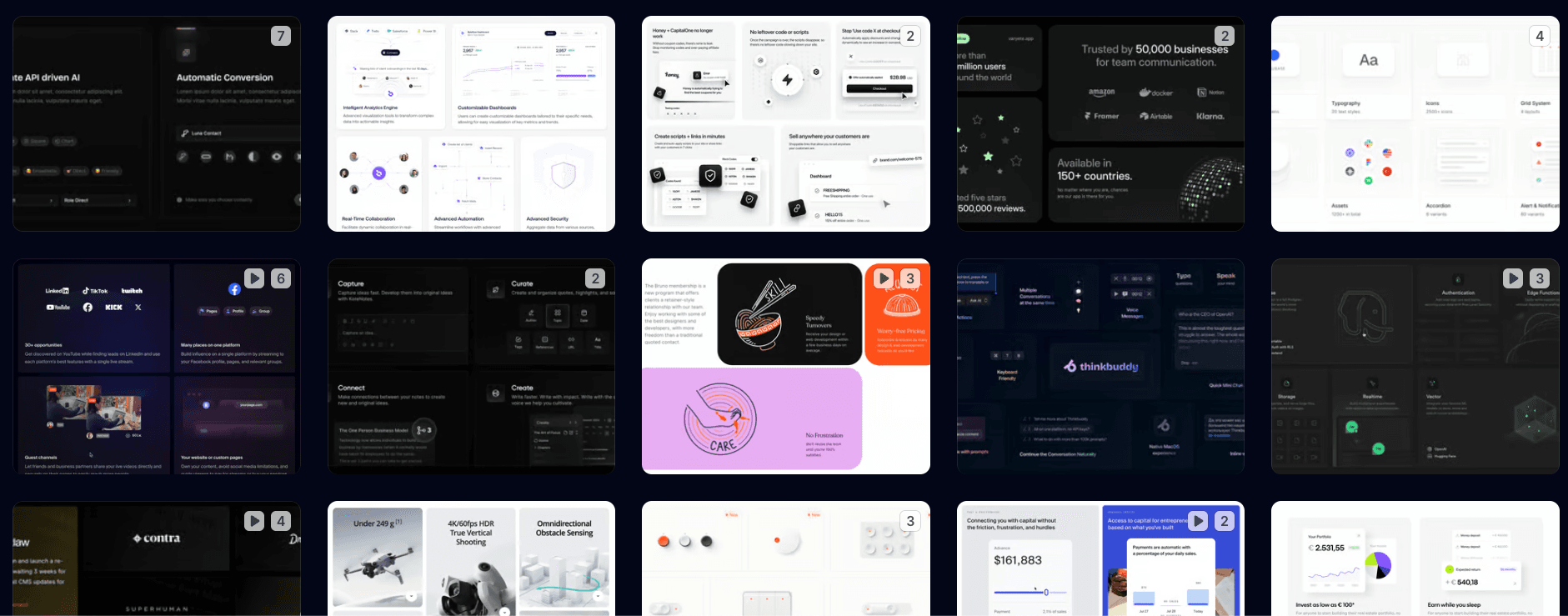Introduction
Imagine you’ve just entered a new restaurant. The ambiance is captivating, but the menu is hard to read, and the layout confusing. Just like this scenario, a website’s design can significantly influence its success. In the digital world, this equates to how well a website ranks in search engine results. This article will unravel the intricate relationship between web design and Search Engine Optimization (SEO), proving that aesthetics and functionality are not just about good looks – they’re crucial for online visibility.

The Importance of Web Design in SEO
A website’s design is not just about its visual appeal; it’s a cornerstone of SEO strategy. A user-friendly design invites longer site visits. Imagine a library with a logical layout – it’s easier to find the book you need. Similarly, a well-designed website keeps visitors engaged longer, boosting SEO. In today’s mobile-first world, a mobile-responsive design isn’t just a plus; it’s a necessity. Over half of web traffic comes from mobile devices, so Google favors mobile-friendly sites. Another key aspect is loading speed. A slow-loading website is like a slow cashier at a store – it frustrates customers and sends them away, negatively affecting SEO.
User Experience: Keeping Visitors Longer
Like a well-arranged bookstore, a user-friendly website keeps visitors engaged.
Action Steps: Simplify navigation, use clear headers, and ensure a visually appealing layout.
Mobile Responsiveness: Essential for Modern SEO
With over half of web traffic on mobile, websites need to be mobile-friendly, like a restaurant offering both indoor and outdoor seating.
Action Steps: Use responsive design templates and regularly test your site on different devices.
Loading Speed: The Need for Speed in SEO
A slow website is like a slow-moving checkout line – frustrating and a deterrent.
Action Steps: Compress images, minimize code, and leverage browser caching.




Web Design Elements That Impact SEO
Effective web design is like a well-organized city – easy to navigate and find what you need. A website with clear navigation and structure not only pleases users but also allows search engines to index it efficiently. The visibility of content also plays a pivotal role. A good design highlights your content, making it easy to read and engage with. Images and media, when optimized (think right alt tags and compressed file sizes), enhance SEO by making pages more attractive and faster to load. Lastly, strategically placed call-to-action (CTA) buttons and internal links guide users and search bots, akin to signposts in a city, enhancing SEO.
Recommended Reading: Principles of Web Design
Navigation and Structure: The Map to Your Website
Organize content with clear categories and a sitemap.
Content Visibility: Spotlight on Your Content
Use design elements like white space and contrasting colors to make content pop, akin to a well-lit display in a store.
What to do: Optimize font size and contrast; use engaging headers.
Images and Media: A Picture’s Worth in SEO
Optimized images enhance SEO like well-placed signs in a mall.
What to do: Use alt tags, compress file sizes, and choose relevant images.
CTAs and Links: Directing Traffic Effectively
Effective CTAs and links are like clear signposts guiding visitors.
What to do: Place CTAs prominently and use descriptive anchor texts for links.
Common Web Design Mistakes That Hurt SEO
However, there are pitfalls to avoid. Overusing JavaScript can be like a confusing city layout – it makes it hard for search engines to navigate the site. Similarly, large, unoptimized images can slow down your site as much as a traffic jam, hindering SEO. Another common oversight is ignoring header tags. Not using them is like missing chapter titles in a book, making it harder for search engines to understand your site’s content structure.
Recap of common mistakes:
- Overuse of JavaScript: The SEO Maze
- Poor Image Optimization: The Weight that Slows You Down
- Ignoring Header Tags: Missing the SEO Signposts

Best Practices for SEO-Friendly Web Design
To maintain an SEO-friendly website, regular audits are essential – think of it as a regular health check-up for your site. Staying updated with the latest trends in web design and SEO is also crucial. Just like fashion, trends in web design and SEO evolve, and staying current can give you a competitive edge.
Conclusion
In summary, web design and SEO are intertwined – a harmonious balance between the two can lead to a significantly improved online presence. As you continue to enhance your website, remember to view it through an SEO lens. Consider this a call to action to review and refine your web design, ensuring it’s not just visually appealing but also an SEO powerhouse.



